Located in southern Egypt, Abu Simbel is an ancient temple complex that stands as a testament to the grandeur of Ancient Egypt. It is one of the most recognizable symbols of Egyptian civilization and a UNESCO World Heritage site. Abu Simbel, built during the reign of Pharaoh Ramses II in the 13th century BCE, consists of two massive rock temples—one dedicated to Ramses II and the other to his queen, Nefertari. It is famous for its monumental statues, rich history, and architectural brilliance.
—
1. History and Significance
Construction: Abu Simbel was carved directly into a mountainside between 1264 and 1244 BCE. The temples were constructed to commemorate Ramses II’s victory at the Battle of Kadesh and to honor the gods Amun, Ra-Horakhty, and Ptah.
Relocation: In the 1960s, due to the construction of the Aswan High Dam, the temples faced submersion. UNESCO launched an international campaign to save Abu Simbel, relocating the temples piece by piece to higher ground. The relocation remains one of the greatest archaeological feats of the 20th century.
Cultural Importance: The temples symbolize both political power and religious devotion, and they were designed to reinforce Ramses II’s divine authority.
—
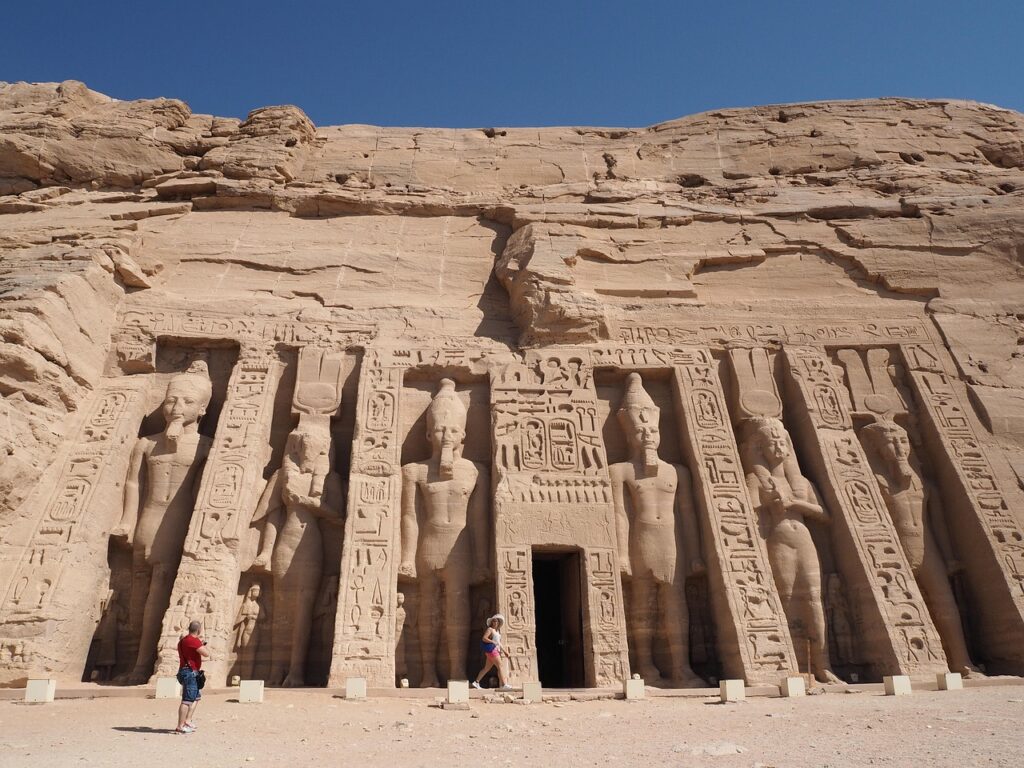
2. Main Attractions
The Great Temple (Temple of Ramses II)
Façade: The front of the temple features four colossal statues of Ramses II, each standing 20 meters tall. These statues are accompanied by smaller figures of the Pharaoh’s family.
Interior: Inside, the Great Temple consists of a series of halls and rooms adorned with intricately carved hieroglyphics and depictions of Ramses II’s military victories. The most famous of these is the scene of the Battle of Kadesh, showcasing Ramses as a powerful warrior.
Astronomical Phenomenon: Twice a year, on February 22 and October 22, sunlight penetrates the temple, illuminating the statues of the gods seated in the inner sanctuary. This precise alignment was engineered to mark important dates in Ramses II’s life.
The Small Temple (Temple of Nefertari)
Dedicated to Hathor: The smaller temple is dedicated to the goddess Hathor and Ramses’ favorite wife, Queen Nefertari. This is one of the few ancient Egyptian temples where a queen is portrayed with the same size and importance as the Pharaoh.
Façade: The front of the temple features six statues, four of Ramses and two of Nefertari, each approximately 10 meters high.
Interior: The walls are adorned with scenes of Nefertari and Ramses making offerings to the gods. Nefertari is depicted in graceful scenes of beauty and divinity.
—
3. Practical Information
Location
Abu Simbel is located near the border with Sudan, on the western bank of Lake Nasser in southern Egypt.
How to Get There
By Air: The fastest way to reach Abu Simbel is by flying from Aswan. Daily flights operate from Aswan to Abu Simbel, and the flight takes about 30 minutes.
By Road: Visitors can also opt for a bus or car journey from Aswan, which takes approximately 3 to 4 hours. Early morning departures are common to avoid the midday heat.
Best Time to Visit
Winter Season (October to April): The weather is more pleasant, making it the ideal time to explore the temple complex.
Special Dates: If possible, try to visit during one of the solar alignment dates (February 22 and October 22) to witness the breathtaking illumination of the statues in the Great Temple.
—
4. Ticket Information and Hours
Opening Hours: Abu Simbel is typically open daily from 5:00 AM to 6:00 PM.
Ticket Prices: Entry fees range from 240 to 300 EGP, with discounts available for students.
Additional Costs: Photography requires a special permit, and you may encounter additional costs for guided tours or audio guides.
—
5. Tips for Visitors
Stay Hydrated: Southern Egypt can get extremely hot, especially in the summer, so be sure to carry water and wear sun protection.
Hire a Guide: To fully appreciate the history and significance of the site, consider hiring a local guide who can explain the detailed carvings and the temple’s historical context.
Plan Ahead for Photography: The lighting inside the temples can be dim, so bring a camera with good low-light settings if you plan to capture the interiors.
—
6. Nearby Attractions
Aswan: A short trip from Abu Simbel, Aswan offers plenty of other historical sites, such as the Philae Temple and the Unfinished Obelisk.
Lake Nasser: After visiting the temples, take a boat tour on Lake Nasser, one of the largest man-made lakes in the world.
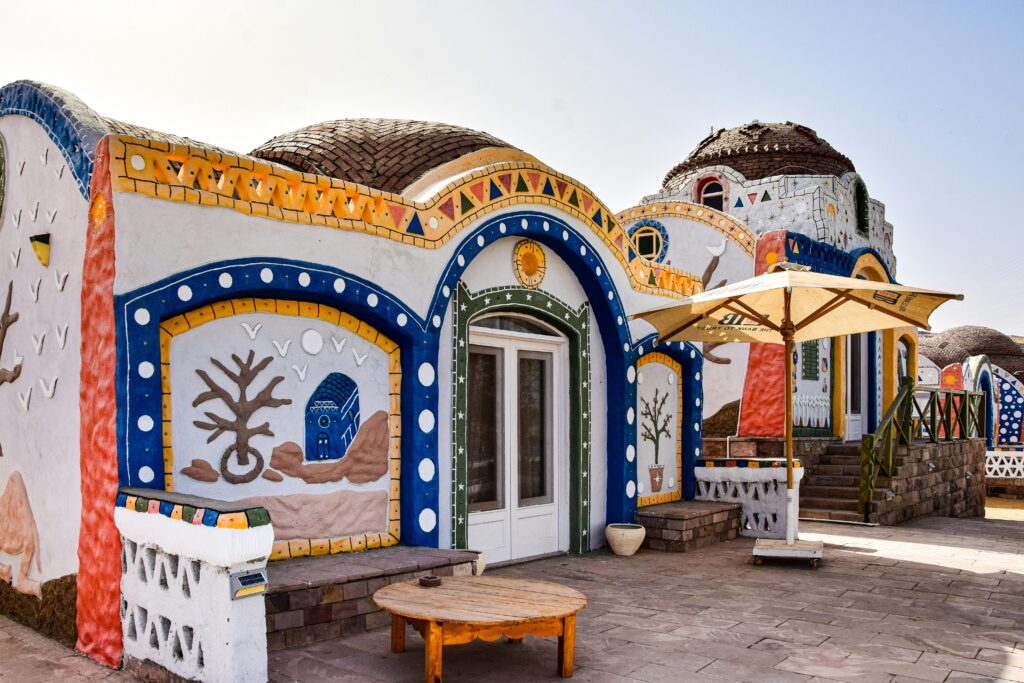
Nubian Villages: Experience local culture by visiting nearby Nubian villages, where you can learn about their traditions and crafts.
—
Conclusion Abu Simbel is more than just a historical monument—it’s a symbol of Ancient Egypt’s architectural prowess and its intricate relationship with both politics and religion. Whether you’re an Egyptology enthusiast or simply someone seeking a breathtaking cultural experience, Abu Simbel offers a glimpse into the splendor of one of the world’s oldest civilizations.

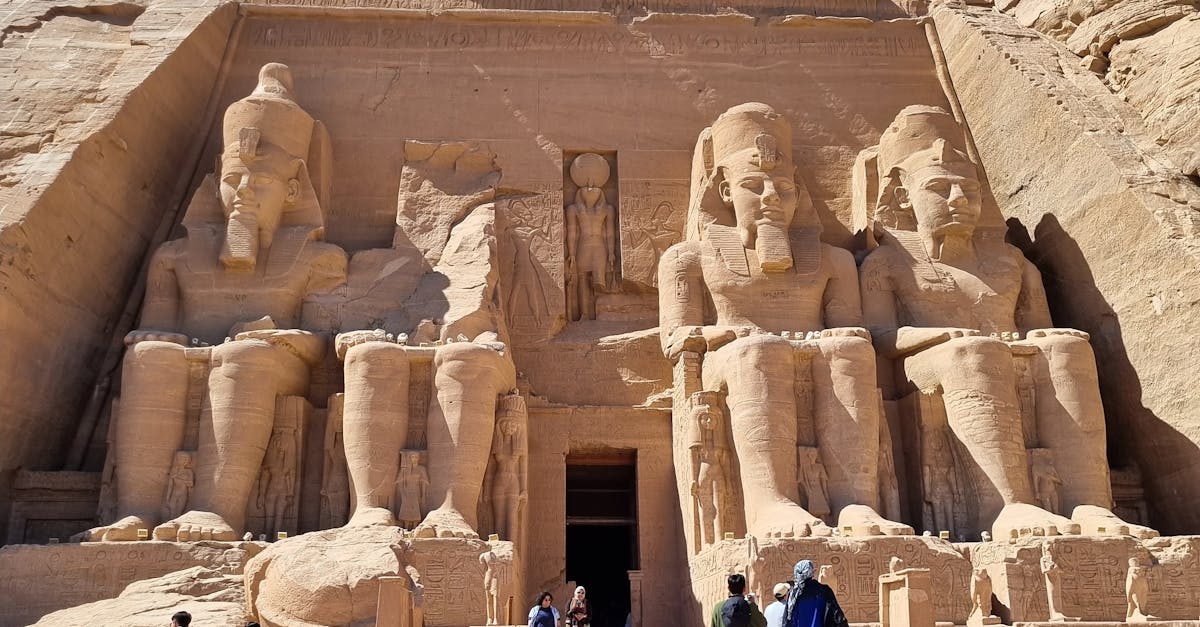
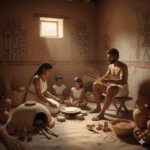
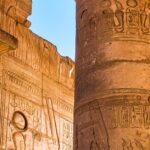
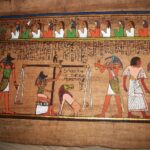
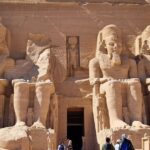

Leave a Reply